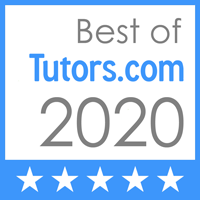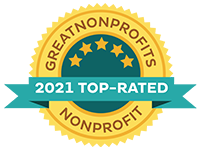Contributions of Neuro-linguistic Programming in School Education
Neuro-linguistic Programming Techniques in the learning process
NLP offers some tools that can make learning process and the relationship teacher-student more enjoyable and productive:
– Rapport: It means being in tune with what the other person is saying, even if you do not understand or disagree with the topic that is being talked about. In a classroom, for example, it is said that rapport exists when the teacher is able to create empathy for the students.
Empathy (rapport) in NLP can be developed in order to bring teachers and students closer, allowing more effective communication between them, and thus have a more pleasant and productive learning environment. In this way we can facilitate the process of empathy through the reflex technique.
– Reflection: the reflex technique aims to imitate the behavior of another person, in a discreet and gentle way, through small gestures and body movements, such as body posture, hand gestures, facial expressions, movements of the eyes and the head.
In the classroom environment, for example, the teacher can always try to make eye contact with the students by gently shaking her head in affirmation, which indicates that she is paying attention to the student’s explanation. It´s very important that the teacher can consider the student’s point of view in the classroom and, through this, add to his reflection.
– The Anchoring Technique: Anchors, for neuro-linguistic programming, are external stimuli that trigger internal states. They are visual, auditory or kinesthetic triggers that cause an internal response for the student, becaming in this way, the learning process more motivating and enjoyable. For this to happen, it is necessary that the teacher can take into account the three learning channels (Kinesthetic, visual and auditory) present in the students, and develop lessons considering this teaching strategy.
For example: visual students can capture better knowledge through images; Kinesthetic students have a greater facility of attention and concentration in activities that explore movement, while auditory students, better develop learning through auditory characteristics, such as lectures, reading texts aloud, among other strategies using the sound like a teaching tool.
– Reframing: This technique aims to transform any type of negative behavior into a positive one. In the school environment, this practice occurs when the teacher observe in more detail the behavior and attitudes of each student at the time of the class, especially the reactions linked to the emotions and motivations of the students.
A very positive exercise is to stimulate the student to reflect on their own learning process. For example, even if a student does not like math, the teacher can suggest that he talk about the difficulties that he has in the subject, and what could be done to learn math in a more enjoyable way. Thus, through the renunciation technique, it is possible to take any experience that in principle seems unpleasant, and transform that into a motivating and positive situation.










